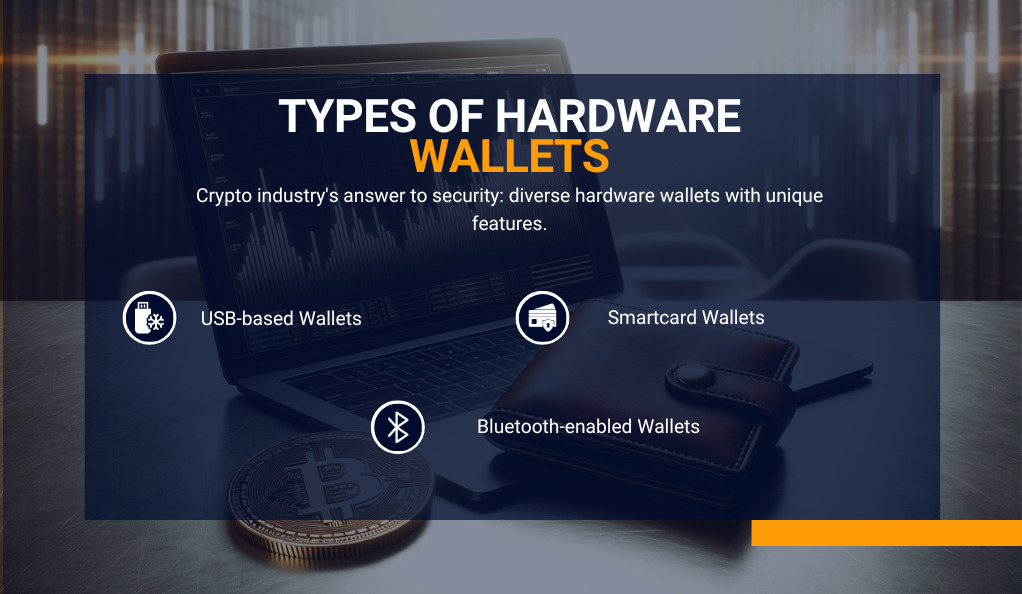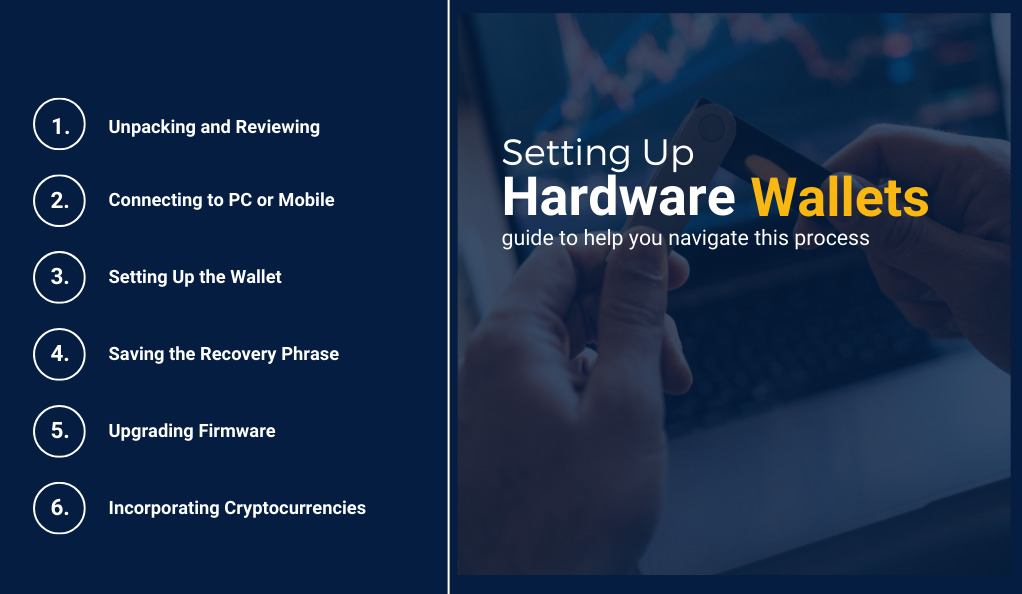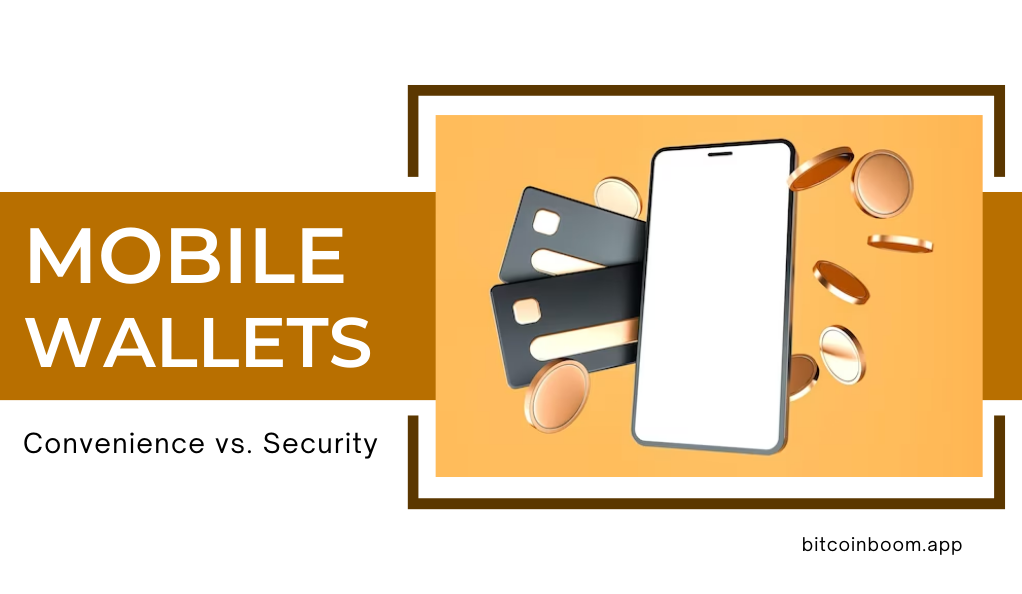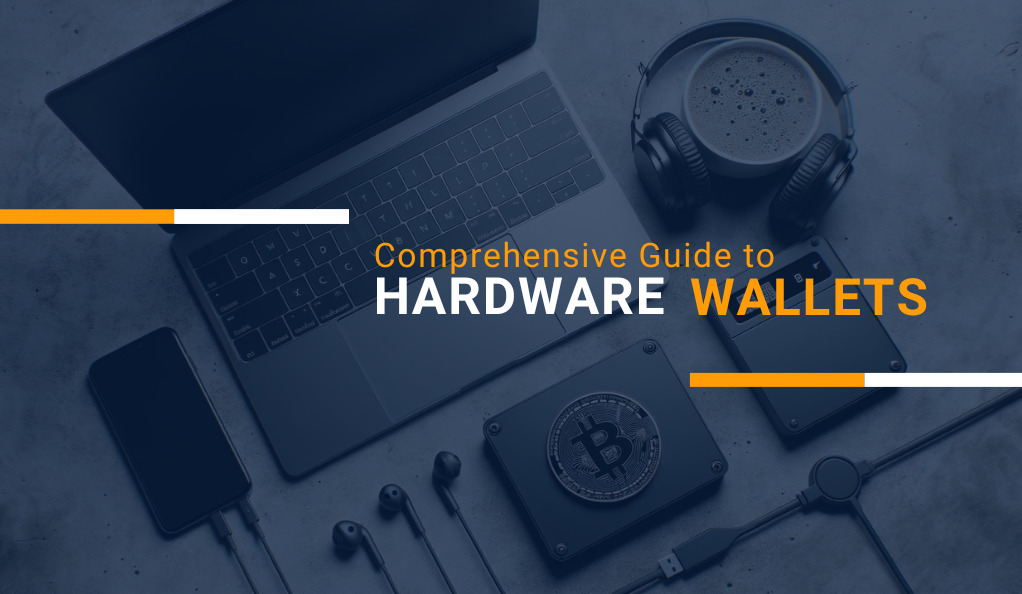In the vast and ever-evolving landscape of cryptocurrencies, the emergence of hardware wallets has marked a significant milestone in the journey towards secure digital asset management. As the world witnessed the meteoric rise of cryptocurrencies like Bitcoin, Ethereum, and countless altcoins, the need for a robust and foolproof method of storage became paramount. Hardware wallets, with their unique blend of physical and digital security measures, stepped in to fill this crucial gap.
But what exactly is a hardware wallet? At its core, it’s a physical electronic device, meticulously designed to safeguard crypto coins and tokens. Unlike traditional online wallets, which are always connected to the internet and vulnerable to cyber threats, hardware wallets operate offline, ensuring an added layer of protection. This “cold storage” approach, combined with advanced cryptographic security features, has made hardware wallets an indispensable tool for both novice cryptocurrency enthusiasts and seasoned investors alike.
What is a Hardware Wallets?
A hardware wallet, often referred to as a “cold wallet,” is a physical electronic device designed exclusively to secure crypto coins. Unlike “hot wallets,” which are internet-connected and susceptible to online threats, hardware wallets are offline. This means they are not exposed to the vulnerabilities of the internet, making them one of the safest options for storing cryptocurrencies.
Comparison between Hot and Cold Wallets
| Criteria | Hot Wallet | Hardware Wallet (Cold Wallet) |
|---|---|---|
| Connectivity | Always connected to the internet | Offline; connects only during transactions |
| Security | Vulnerable to online threats | Highly secure; immune to online hacks |
| Accessibility | Instant access to funds | Requires device and PIN/passphrase |
| Cost | Mostly free with online platforms | One-time purchase cost |
| Best for | Daily transactions, small amounts | Long-term storage, large amounts |
Why is it Essential for Cryptocurrency Holders?
The primary allure of hardware wallets lies in their security. Cryptocurrencies, by nature, are decentralized digital assets. This means that the responsibility of safeguarding them falls squarely on the holder. Traditional online platforms, while convenient, have been targets of numerous hacks, leading to the loss of millions in crypto assets.
Hardware wallets mitigate such risks. They store the user’s private keys (a cryptographic key that allows users to access and manage their crypto assets) in a protected area of the device that cannot be transferred out, ensuring that even if the device is connected to a compromised computer, the funds remain safe.
Moreover, in the event of loss or theft of the device, users can recover their assets using a unique recovery phrase provided during the initial setup of the wallet. This combination of security and user control makes hardware wallets a preferred choice for serious crypto investors.
The Evolution of Cryptocurrency Storage
Cryptocurrency storage has undergone significant transformations since the inception of Bitcoin in 2009. From rudimentary paper wallets to sophisticated digital solutions, the journey reflects the growing need for security and convenience in the crypto world.
From Paper Wallets to Digital Solutions
In the early days of Bitcoin, paper wallets were the norm. These were essentially physical documents containing both the public and private keys required to access and manage one’s crypto assets. While they were offline and immune to online hacks, they posed other risks such as physical degradation, loss, or theft.
As the crypto community grew, so did the demand for more practical and secure storage solutions. This led to the development of software wallets, or “hot wallets,” which are applications or platforms that store cryptographic keys on devices connected to the internet. While they offered more convenience, they also became prime targets for cyberattacks.
Rise of Hardware Wallets in the Crypto Era
Recognizing the vulnerabilities of both paper and software wallets, the crypto industry sought a middle ground. Enter hardware wallets. These devices combined the offline security of paper wallets with the convenience of software wallets. By ensuring that private keys never leave the device and are never exposed to the internet, hardware wallets provided a formidable defense against both physical and digital threats.
The popularity of hardware wallets surged as high-profile hacks and security breaches underscored the vulnerabilities of online storage solutions. Major cryptocurrency exchanges and platforms faced significant losses, emphasizing the need for individual users to take charge of their asset security.
Types of Hardware Wallets

The crypto industry’s response to security concerns has been the development of various hardware wallets, each with its unique features and capabilities.
- USB-based Wallets
The most common type of hardware wallet resembles a USB stick. Users plug these devices into their computers, enter a PIN or passphrase, and access their crypto assets. Examples include the Ledger Nano S and Trezor One. Their compact size and ease of use have made them a favorite among many crypto enthusiasts.
- Bluetooth-enabled Wallets
For those seeking mobility without compromising security, Bluetooth-enabled wallets are the answer. These wallets, such as the Ledger Nano X, allow users to manage their assets on the go, connecting to smartphones or tablets via Bluetooth. They maintain the same high level of security as their USB counterparts.
- Smartcard Wallets
Smartcard wallets, like the CoolWallet S, use a credit card-like form factor. They communicate with devices using NFC (Near Field Communication) or Bluetooth, offering a blend of convenience and security. Their familiar shape and size make them easy to carry in traditional wallets.
- Other Emerging Technologies
As the crypto space evolves, so do hardware wallets. Innovations are continually being developed, with features like biometric authentication, touchscreen interfaces, and even wallets integrated into smartphones. These advancements aim to make cryptocurrency storage and management both secure and user-friendly.
Benefits of Using a Hardware Wallets
The rise in popularity of hardware wallets isn’t just a trend; it’s a testament to the numerous advantages they offer over other storage methods. Let’s delve into the key benefits that have made them a top choice for crypto enthusiasts.
- Enhanced Security Features
At the heart of every hardware wallet is its commitment to security. These devices are built to resist both physical and digital tampering. The private keys, which are crucial for accessing and transacting with cryptocurrencies, never leave the device. This means even if a user connects their hardware wallet to a malware-infested computer, the private keys remain inaccessible to potential hackers. - Immunity to Online Hacking Attempts
Unlike online wallets and exchanges, which are perennial targets for cyberattacks, hardware wallets are offline. This “cold storage” approach ensures that assets are beyond the reach of online threats, providing peace of mind to users. - Control Over Private Keys
One of the foundational principles of cryptocurrencies is decentralization, which emphasizes individual ownership and control. Hardware wallets embody this principle by giving users complete control over their private keys, ensuring that they aren’t stored on a third-party server or platform. - Ease of Transaction
While security is paramount, convenience is also crucial. Hardware wallets strike a balance by allowing seamless transactions. Users can quickly send or receive cryptocurrencies by connecting their device to a computer or smartphone, verifying the transaction on the device, and then safely disconnecting. - Durability and Longevity
Many hardware wallets are built to last. They are often made with durable materials to withstand wear and tear. Plus, they don’t suffer from issues like battery degradation, ensuring they remain functional for years.
Potential Drawbacks and Concerns
While hardware wallets offer numerous advantages, they aren’t without their potential drawbacks. It’s essential to be aware of these concerns to make an informed decision.
1. Cost Implications
Unlike many software wallets, which are free, hardware wallets come with a price tag. The cost can range from affordable to premium, depending on the brand and features. For some, this initial investment might seem daunting, especially when compared to free online alternatives.
2. Learning Curve for Non-Tech-Savvy Users
Setting up and using a hardware wallet might pose challenges for those unfamiliar with technology. While many manufacturers strive for user-friendly interfaces, the initial setup, backup procedures, and firmware updates can be intimidating for some.
3. Physical Damage or Loss Risks
Just like any physical object, hardware wallets can be lost, stolen, or damaged. While the assets can be recovered using backup phrases, the process can be stressful. It’s crucial to store the device and backup information securely.
Choosing the Right Hardware Wallets for Your Needs
With a plethora of options available, selecting the right hardware wallet can be overwhelming. Here are some factors to consider:
- Compatibility
Ensure the wallet supports the cryptocurrencies you own or plan to acquire. While most hardware wallets support major coins like Bitcoin and Ethereum, not all support lesser-known altcoins.
- User Interface
A user-friendly interface can make the experience seamless, especially for those new to the crypto world. Look for wallets with intuitive navigation and clear instructions.
- Price and Reputation
While price is a consideration, it shouldn’t be the only one. Research the reputation of the wallet brand, read user reviews, and consider any history of security breaches or vulnerabilities.
- Additional Features
Some wallets come with added features like touchscreens, Bluetooth connectivity, or mobile app integration. Determine which features align with your needs and preferences.
Setting Up and Using Your Hardware Wallets
Once you’ve chosen a hardware wallet that aligns with your needs, the next step is setting it up and familiarizing yourself with its operations. Here’s a general guide to help you navigate this process:

Step-by-Step Setup Guide
- Unboxing and Inspection: Ensure the packaging is intact and shows no signs of tampering. Some manufacturers provide tamper-evident seals for added security.
- Connect to a Computer or Mobile Device: Depending on the wallet type, connect it using a USB cable or via Bluetooth. Ensure the device you’re connecting to is secure and free from malware.
- Initialize the Wallet: Follow the on-screen instructions. Most wallets will prompt you to set up a PIN or passphrase for added security.
- Backup Your Recovery Phrase: During the setup, the wallet will generate a recovery phrase, typically a series of 12 to 24 words. This phrase is crucial for recovering your assets if the device is lost or damaged. Write it down and store it in a safe place, away from prying eyes.
- Update Firmware: Ensure your hardware wallet’s firmware is up-to-date. Manufacturers often release updates to enhance security and add new features.
- Add Cryptocurrencies: Depending on the wallet, you might need to install specific apps or extensions for each cryptocurrency you wish to store.
Transferring Cryptocurrency to and from the Wallets
- Receiving Funds:
- Open the relevant cryptocurrency app or interface on your hardware wallet.
- Generate a receiving address and provide it to the sender or use it on the platform from which you’re transferring funds.
- Confirm the transaction on your hardware wallet once the funds are received.
- Sending Funds:
- Connect your hardware wallet and access the relevant cryptocurrency.
- Input the recipient’s address and the amount you wish to send.
- Verify the transaction details on your hardware wallet’s screen and confirm the transaction.
Best Practices for Backup and Recovery
- Multiple Backups: Create multiple copies of your recovery phrase and store them in different secure locations.
- Avoid Digital Copies: Refrain from storing your recovery phrase on electronic devices, as they’re susceptible to hacking.
- Regularly Test Recovery: Periodically, test the recovery process to ensure you can access your assets if needed.
- Use Protective Cases: Consider using protective cases or pouches for your hardware wallet to prevent physical damage.
Conclusion: The Future of Hardware Wallets
As the world becomes increasingly digital and the adoption of cryptocurrencies accelerates, the importance of secure storage solutions will only grow. Hardware wallets, with their blend of robust security and user-centric design, are poised to play a pivotal role in this landscape.
The next generation of hardware wallets is likely to see even more advanced features, such as biometric authentication, integrated decentralized exchange access, and multi-signature support. Moreover, as blockchain technology permeates other sectors, we might witness hardware wallets evolving beyond just cryptocurrency storage, becoming integral to securing digital identities, assets, and more.
In this ever-evolving digital age, one thing remains constant: the need to safeguard our digital assets. And hardware wallets, with their commitment to security and innovation, stand at the forefront of this endeavor.





